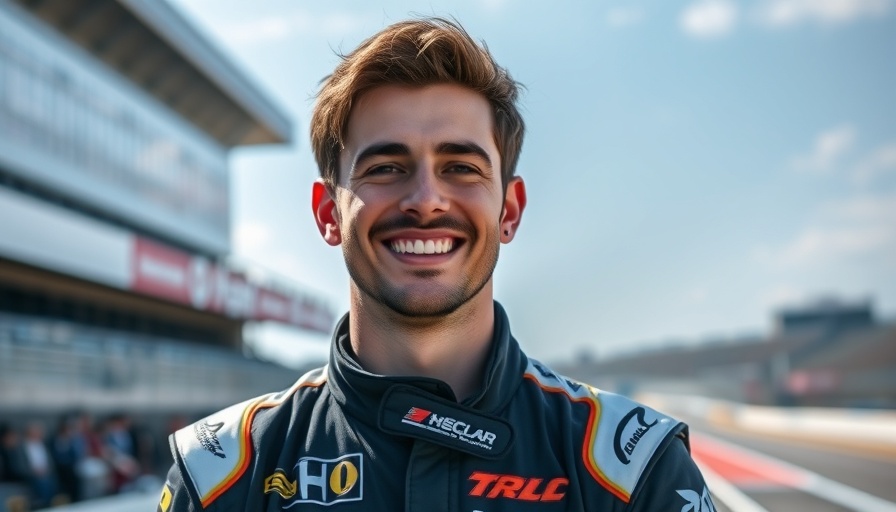
Kyle Larson Unveils Ambitious $18 Million Franchise System in Racing
In an electrifying announcement, NASCAR champion Kyle Larson is poised to transform the landscape of motorsports with a groundbreaking $18 million franchise system for his co-owned High Limit Racing (HLR). This initiative not only signifies a shift in racing dynamics but also underlines Larson's commitment to pioneering a sustainable business model within the sport.
Shifting Directions: Larson's Bold Move Away from NASCAR
Larson's rise in the racing realm has been nothing short of spectacular. Known for his staggering 29 race victories and 184 top-ten finishes within NASCAR’s Cup Series, Larson now aims to carve a niche for himself outside the traditional racing circles. With the establishment of HLR, Larson's strategic focus diverges from NASCAR, particularly amid the ongoing legal disputes surrounding the series' monopolistic charter system, reflected in recent court battles involving Michael Jordan’s 23XI Racing.
A New Era: The High Limit Racing Franchise System Explained
Launched in 2022, High Limit Racing has experienced rapid growth, expanding from just 11 races in its first year to a whopping 61 scheduled races in 2025. The franchise system, which is set to kick off in 2026, is designed to reward top-performing teams with substantial financial incentives. Starting with a collective prize pool of $3.9 million in 2026 and escalating to over $5 million by 2029, this initiative marks a significant departure from NASCAR's charter model, focusing instead on creating a robust framework to ensure the viability and competitiveness of its participants.
What Makes HLR Different?
This rebranding of Larson's racing series, touting the term 'franchise' over 'charter', points to a deliberate distancing from NASCAR's traditionalist approaches. The franchise system will initially award ten permanent franchises to the top five finishers of the 2024 championship standings, with more opportunities arising as the series continues to evolve.
Star Power: Attracting Top Talent from NASCAR
Larson has not only built a promising structure for High Limit Racing but also strategically attracted high-caliber talent from the NASCAR world. Renowned drivers like Christopher Bell and Ty Gibbs are set to make their footprints in sprint car racing, adding to the allure and competitive nature of HLR. This reflects a broader trend of cross-pollination between racing disciplines that might elevate the status and popularity of the series.
The Road Ahead: Future Predictions in Motorsports
As the legal battles surrounding NASCAR continue to unfold, High Limit Racing may just be paving the way for a new era of motorsport that prioritizes equity, competition, and innovative business models. With the franchise model illustrating a shift in how racing series can operate, it begs the question: Could this be the blueprint for future motorsports?
Conclusion: What This Means for Fans and Participants
In light of these ambitious developments, fans and participants alike should pay close attention to how this unfolds in the coming years. Larson’s thoughtful approach to franchising not only redefines racing competition but also enhances the spectator experience for grassroots racing enthusiasts. As motorsports evolve, the narrative is shifting, fostering a more inclusive environment for aspiring racing teams and drivers.
Embrace this moment in racing history and explore the innovative pathways being charted by Kyle Larson and High Limit Racing. With potential financial gains and an attractive racing format, this could be the direction motorsports need to flourish in the future.
 Add Row
Add Row  Add
Add 




Write A Comment